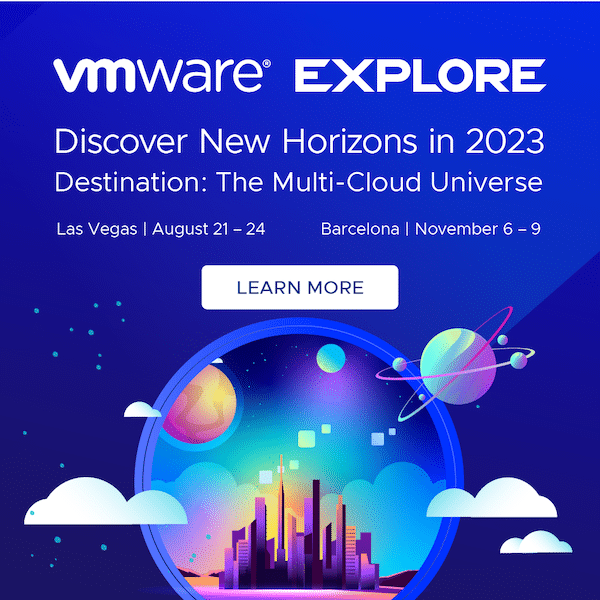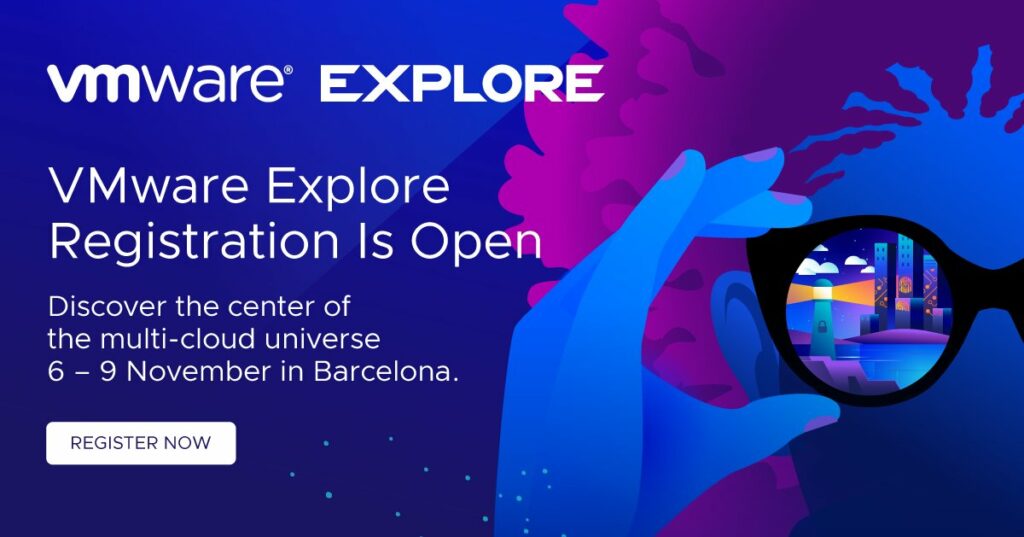There is a really useful and convenient PowerCLI one-liner for backing up the host configuration. I have been using it for years and had also explained this in detail in an old blogpost.
Get-Cluster -Name myCluster | Get-VMHost | Get-VMHostFirmware -BackupConfiguration -DestinationPath 'C:\myPath'
This is a command I always teach my students as part of my VMware courses. Backing up the host configuration is downright mandatory before making changes to the host, installing patches and drivers, or host updates. Just a few seconds of additional effort, but these configuration backups have saved me more than once from major trouble and many hours of extra work.
Recently, I was backing up host configurations in a major datacenter. Surprisingly, the command did not work on some of the vCenter instances and aborted with an error message.
Get-VMHostFirmware : 18.08.2023 12:05:49 Get-VMHostFirmware An error occurred while sending the request.
At line:1 char:28
+… et-VMHost | Get-VMHostFirmware -BackupConfiguration -DestinationPath …
+ ~~~~~~~~~~~~~~~~~~~~~~~~~~~~~~~~~~~~~~~~~~~~~~~~~~~~~~~~~
+ CategoryInfo : NotSpecified: (:) [Get-VMHostFirmware], ViError
+ FullyQualifiedErrorId : Client20_SystemManagementServiceImpl_BackupVmHostFirmware_DownloadError,VMware.VimAutomation.ViCore.Cmdlets.Commands.Host.GetVMHostFirmware
To understand the error, we must first understand how the PowerCLI command works. First, a backup of the host configuration is triggered on the host via vCenter. The host stores this locally as a zipped TAR archive (.tgz). The name is configBundle-HostFQDN.tgz (example: configBundle-esx01.lab.local.tgz). The archive is then downloaded from the host in a second step. The URL for this is:
http://[HostFQDN]/downloads/[Host-UUID]/configBundle-HostFQDN.tgz
By reading the error message above, there was obviously a problem with the download of the TGZ file. With the help of the network admins, it quickly became obvious what had happened. My workstation, from which I sent the PowerCLI command, tried unsuccessfully to establish an HTTP connection to the ESXi host. But this was blocked by a firewall rule.
I was wondering why the transfer is handled using unencrypted HTTP. In the log of the firewall you can see a connection attempt to the ESXi host with HTTP and HTTPS.
Is there a way to force the download using HTTPS?
My first thought was that there might be a parameter to the command that enforces the HTTPS protocol. A query in the VMTN forum unfortunately brought some disillusionment.
It is a bit surprising that VMware uses an unencrypted protocol for this sensitive data. All the more since the PowerCLI session to vCenter already runs over HTTPS anyway. The most plausible explanation would be that it was simply ‘forgotten’ to secure the transfer via SSL with this quite old command.
So currently there is no other choice but creating a firewall rule that allows downloading via HTTP.



